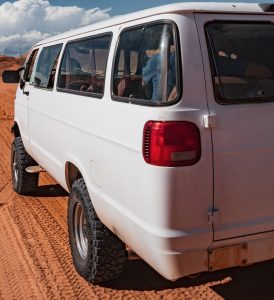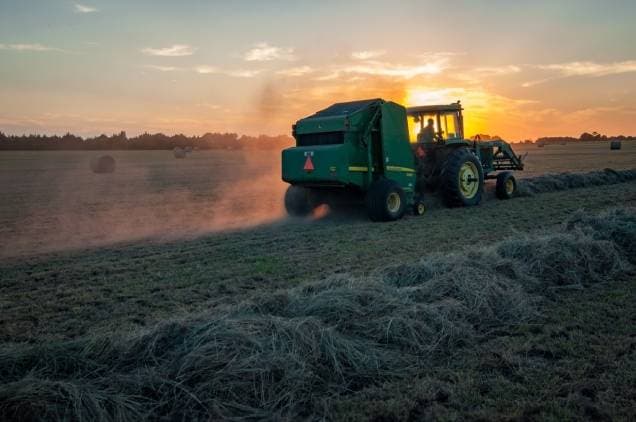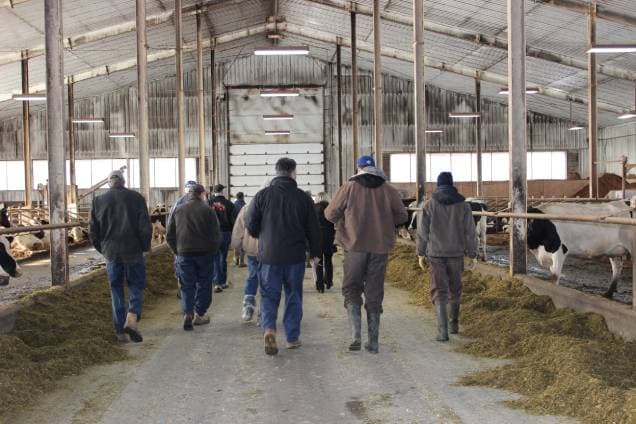
Travelling Together or Carpooling
The agriculture and agri-food sector play a critical role in distributing safe, high-quality food to Canadians. Maintaining the integrity of the agri-food supply chain during an emergency is essential for all Canadians.
The Essential Services and Functions by Critical Infrastructure indicates those working in Agriculture as essential in Food as listed in Guidance on Essential Services and Functions in Canada During the COVID-19 Pandemic. Transportation is key in getting workers to farms or to fields in various locations throughout the county or province. It may not be practical or reasonable to have workers travel to these locations individually.
Workers travelling together may be questioned as to their purpose of travel, and it may benefit the farm to prepare a letter explaining the purpose for travel, the farm they are travelling for, and the names of the workers travelling together.
A sample Essential Worker Travel Letter has been provided for reference. Adapt the letter for the operations on your farm and have the workers carry this letter in the vehicle while they are travelling.
Also, a sample Contact Tracking Log for Essential Workers is available to document where essential workers are going on farm business to have a point of reference if there is an COVID-19 outbreak on or off the farm.
Best practice to prevent the spread of COVID-19 while travelling include:
- Not allowing those showing signs and symptoms of fever, cough and breathing difficulties to travel in the vehicle. Direct them to self-isolate and Call 8-1-1 or local health
 authority for direction.
authority for direction. - Have those who live together or work together regularly travel together.
- If 2 meters or 6 feet cannot be met, limit the number of workers traveling in one vehicle to two with as much distance between the two of them as possible.
- Use barriers or face coverings if distance requirements cannot be met.
- Ensure the vehicle is stocked with tissues and a hands-free waste container to dispose of tissues. Driver to remove waste after each trip.
- Load the vehicle from back to front maintaining 2 meters or 6 feet apart from each other.
- Avoid having anyone sit up front with the driver. Keep space between passengers.
- Roll the window down to increase ventilation.
- Cover your mouth and nose with a tissue or the sleeve of your elbow when you cough or sneeze.
- Unload the vehicle from front to back maintaining 2 meters or 6 feet apart from each other.
- Driver to wipe down all surfaces of the vehicle touched with disinfectant after passengers are offloaded.
- Surfaces may include windows, window controls, door handles, arm rests, head rests, steering wheel, gear shift, cargo boxes, tissue box, etc…
Include the travelling together or carpooling best practice to the back of Essential Worker Travel letter to communicate measures taken while travelling.


